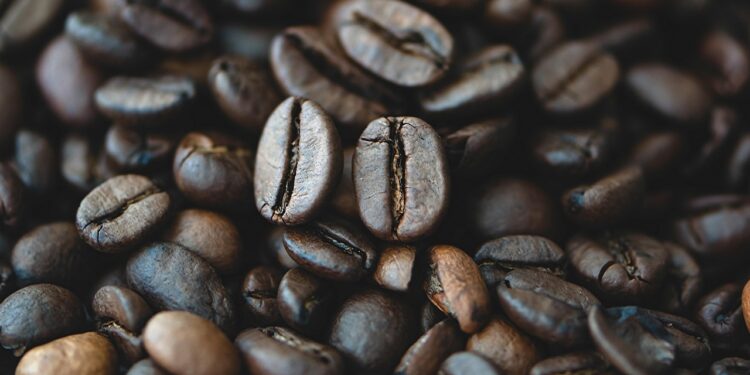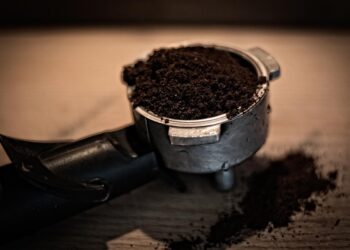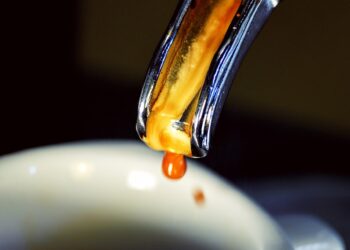Mastering the Craft: Secrets of Traditional Coffee Brewing
In a world where speed and convenience often take precedence, the art of traditional coffee brewing stands as a testament to the beauty of patience and skill. For true aficionados, the process is as fulfilling as the outcome—a rich, aromatic cup of coffee. This guide delves into the secrets behind traditional coffee brewing methods, offering insights that appeal to both beginners and seasoned coffee enthusiasts alike.
Understanding Traditional Coffee Brewing
Traditional coffee brewing refers to methods that rely on manual techniques to extract flavors from coffee grounds. Unlike modern automatic coffee machines, these age-old practices involve a hands-on approach, allowing for a more personalized and nuanced coffee experience. Popular methods include French Press, Pour Over, Espresso, Turkish Coffee, and AeroPress among others.
The Importance of Coffee Beans and Grinding
Selecting the Right Coffee Beans
The journey to a perfect cup of coffee begins with the beans. Opt for high-quality, single-origin beans to truly appreciate the distinct flavors attributed to their specific geographic locations. Whether you prefer a light, floral African coffee or a bold, earthy South American blend, the choice of beans significantly influences the brewing outcome.
The Art of Coffee Grinding
Grinding coffee is a critical step that should be tailored to the brewing method. Each method requires a different grind size for optimal flavor extraction. For instance, espresso requires a fine grind, while French Press coffee is best with a coarse grind. Investing in a good burr grinder can help achieve consistent grind sizes, essential for brewing excellence.
Exploring Traditional Brewing Techniques
French Press Fundamentals
The French Press is revered for its simplicity and rich, full-bodied coffee. It involves steeping coarse coffee grounds in hot water and then pressing them down with a metal or plastic plunger. The key to mastering the French Press is timing—the coffee should not steep for too long or too short, typically around four minutes, to avoid a bitter taste.
Pour Over Perfection
The Pour Over method offers unparalleled control over the brewing process, from the temperature of the water to the speed of the pour. This method involves slowly pouring hot water over coffee grounds in a filter. The water drains through the coffee and filter into a carafe or mug, extracting flavors gradually and resulting in a clean, flavorful cup.
Espresso Excellence
Although typically associated with cafes and baristas, espresso can also be brewed at home with the right equipment. Espresso involves forcing a small amount of nearly boiling water through finely-ground coffee beans under pressure, producing a concentrated and lively coffee. Mastering homemade espresso involves careful attention to the fineness of the grind, the tamping pressure, and the water temperature.
FAQs in Traditional Coffee Brewing
What is the best water temperature for brewing coffee?
Ideal water temperature for coffee brewing is typically between 195°F to 205°F. Temperatures outside this range can lead to under-extraction or over-extraction, affecting the coffee’s final taste.
How long should coffee steep in a French Press?
For optimal flavor, coffee should steep for about four minutes in a French Press. However, you can adjust this time slightly depending on personal taste preferences.
Can the same grind be used for different brewing methods?
No, different methods typically require different grind sizes. For example, espresso needs a fine grind, while French Press requires a coarse grind. Using the wrong size can severely affect the coffee’s flavor and strength.
Tips for Enhancing Your Coffee Experience
To further enhance your coffee brewing experience, consider the following tips:
- Water Quality: Use fresh, clean water as impurities can affect the taste of your coffee.
- Maintain Your Equipment: Regularly clean your coffee maker, grinder, and other tools to ensure they function effectively and do not harbor residue that could alter the taste of your coffee.
- Experiment: Don’t be afraid to experiment with different beans, grind sizes, and brewing times to find your perfect cup of coffee.
Final Thoughts on Traditional Coffee Brewing
Mastering the craft of traditional coffee brewing is a rewarding endeavor that allows you to explore a range of flavors and techniques. By understanding the nuances of different brewing methods and how variables like bean type, grind size, and water temperature affect the outcome, you can enhance your appreciation of coffee and turn each cup into a memorable experience.
Whether you are rediscovering the joy of manually brewing your morning coffee or you are a seasoned expert, remember that the heart of traditional coffee brewing lies in the pleasure of the process and the quality of the result. Enjoy the journey, one cup at a time.





